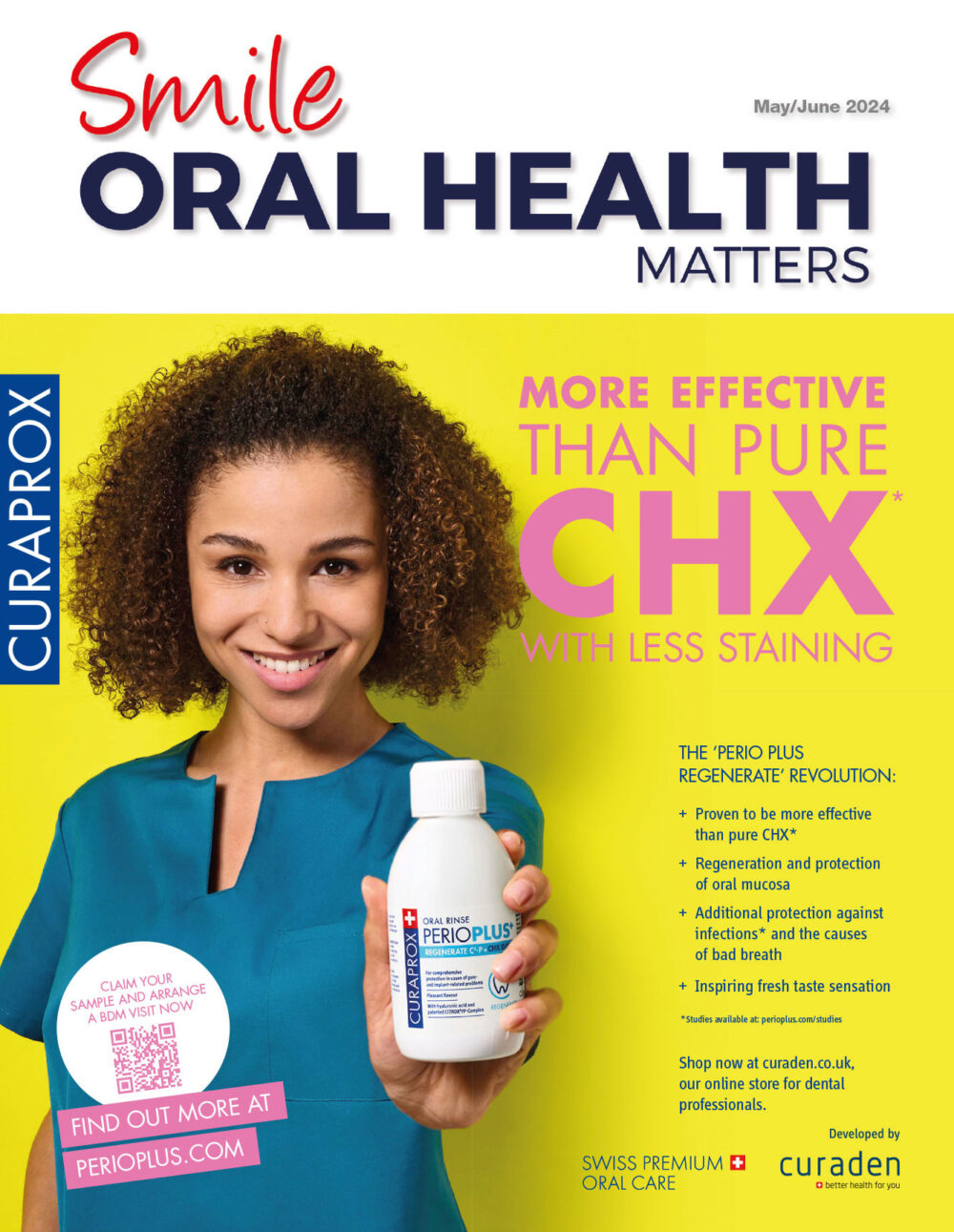 With the festivities now a somewhat distant memory, normality is returning to life inside and outside of dentistry. However, the New Year presents a good opportunity to reflect on the various daily processes in the dental practice and ensure that high standards are maintained throughout. Decontamination workflows should be among those reviewed – it never hurts to double down on health and safety protocols for patients and staff alike.
With the festivities now a somewhat distant memory, normality is returning to life inside and outside of dentistry. However, the New Year presents a good opportunity to reflect on the various daily processes in the dental practice and ensure that high standards are maintained throughout. Decontamination workflows should be among those reviewed – it never hurts to double down on health and safety protocols for patients and staff alike.
Best practice decontamination recap
All essential requirements and best practice guidelines for infection control workflows in dentistry are set by HTM 01-05[i] and SDCEP.[ii] Dental practices are expected to have a policy in place that details how they are moving beyond essential requirements and towards best practice standards. At present, there is no deadline for attaining best practice, given that some of the recommendations will be more challenging for some practices to achieve than others – especially smaller practices with less available space.
The plan to meet best practice should be realistic for the business, outlining key steps that would need to be taken to optimise processes. In England and Wales, for example, these may include the purchase and implementation of equipment, or changes to the design of the practice, for example. It should cover three main areas of the practice: the instrument cleaning and sterilisation workflow, the decontamination environment and the storage of reprocessed instruments.
The first step towards best practice will be largely dependent on the physical space available within the practice. Establishing a completely separate and dedicated room for decontamination minimises the risk of re-contaminating instruments or infecting staff/patients via aerosol transmission. The usual dirty-to-clean workflow should be employed.
Other best practice standards are simple to achieve – just implement a washer disinfector within your instrument decontamination process. Why is this best practice? Because the washer disinfector offers a validated, automated and repeatable way to clean instruments prior to sterilisation. The variance in and subjectivity of manual washing are eliminated, and the risk of needle-stick injuries is also reduced for staff due to less handling of sharps. Washer disinfectors are already mandatory in Scotland for all these reasons.
With regards to storing instruments once reprocessed, finding an area separate from the clinical treatment area is the goal. This also further reduces the risk of instrument re-contamination.
Overcome barriers
There are a few potential barriers to best practice that may be preventing some dental teams from optimising their processes. The first and most obvious is the perceived cost of making changes or purchasing equipment. However, this should be considered an investment in the quality of patient care delivered, as well as in the business. Not only does complying with best practice ensure the highest safety standards for everyone frequenting the premises, but it will also future-proof your workflows – no deadline exists yet, but it’s not a stretch to predict that there will be one in the future.
This is especially true when it comes to introducing new equipment like a washer disinfector. Plus, it is simple to maximise your return on investment. All you need to do is choose a robust machine that has been built to last by a reputable manufacturer. From here, it’s important to look after the equipment with the necessary in-practice testing and maintenance, as well as annual servicing and validation completed by an appropriately trained external professional.
The entire process from purchasing a reliable washer disinfector to installing and maintaining it can be made simple by working with a leading expert in decontamination such as Eschmann. All our equipment is highly effective, reliable and robust, and comes with exceptional technical support and customer service from a team of 50+ Eschmann trained engineers nationwide. The Care & Cover servicing package also affords access to unlimited breakdown cover, Annual Validation and Pressure Vessel Certification, unlimited Eschmann parts and labour. In addition, we offer enhanced CPD user training and can advise on achieving best practice.
A journey
No matter where your practice is in its journey towards best practice, it is important that you have a plan in place to achieve it in the future. This might involve bigger changes for some businesses than others, but is achievable for all with the right preparation and mindset.
Health and safety is already a priority in UK dental practices. With the additional achievement of best practice, patients and staff alike can gain confidence in the quality of service you deliver.
Want to find out more about achieving best practice in decontamination? Contact Eschmann at www.eschmann.co.uk or by calling 01903 753322
[i] Health Technical Memorandum 01-05: Decontamination in primary care dental practices. Department of Health. 2023. https://www.england.nhs.uk/wp-content/uploads/2021/05/HTM_01-05_2013.pdf [Accessed October 2024]
[ii] Cleaning of Dental Instruments Dental Clinical Guidance Second Edition Scottish Dental Clinical Effectiveness Programme SDCEP. (2014). [Accessed May 2024]












